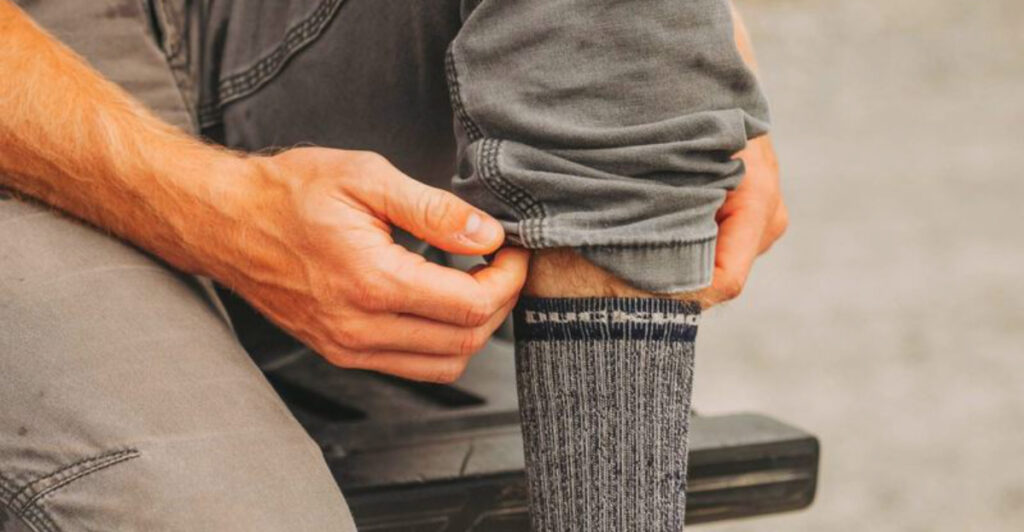Choosing the right hiking clothes can make or break your outdoor adventure. Whether you’re trekking through summer heat, autumn rain, or winter snow, your clothing needs to keep you comfortable, dry, and protected from the elements. This guide walks you through the essential pieces of hiking gear that will serve you well no matter what season you hit the trail.
1. Merino Wool or Synthetic Base Layers
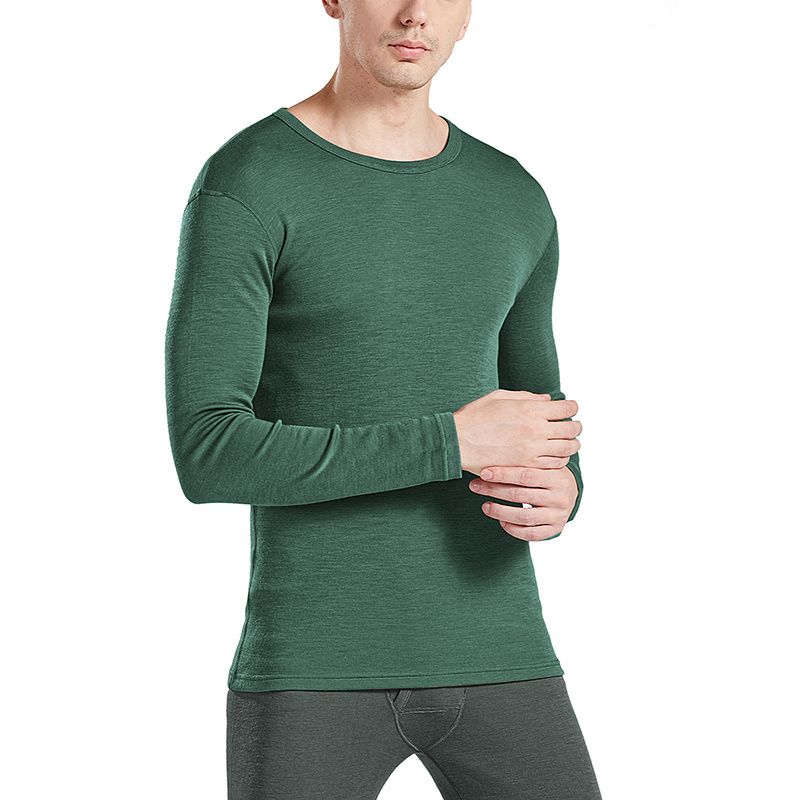
Your base layer sits directly against your skin and plays a crucial role in moisture management. Merino wool and high-performance synthetics excel at wicking sweat away to keep you dry throughout your hike.
During summer months, lightweight versions provide breathability without overheating. When temperatures drop in winter or shoulder seasons, midweight or heavyweight options trap warmth while still moving moisture away from your body.
Cotton should be avoided at all costs because it absorbs moisture and leaves you cold and clammy once you stop moving on the trail.
2. Lightweight Long-Sleeve Hiking Shirt (UPF Protection)
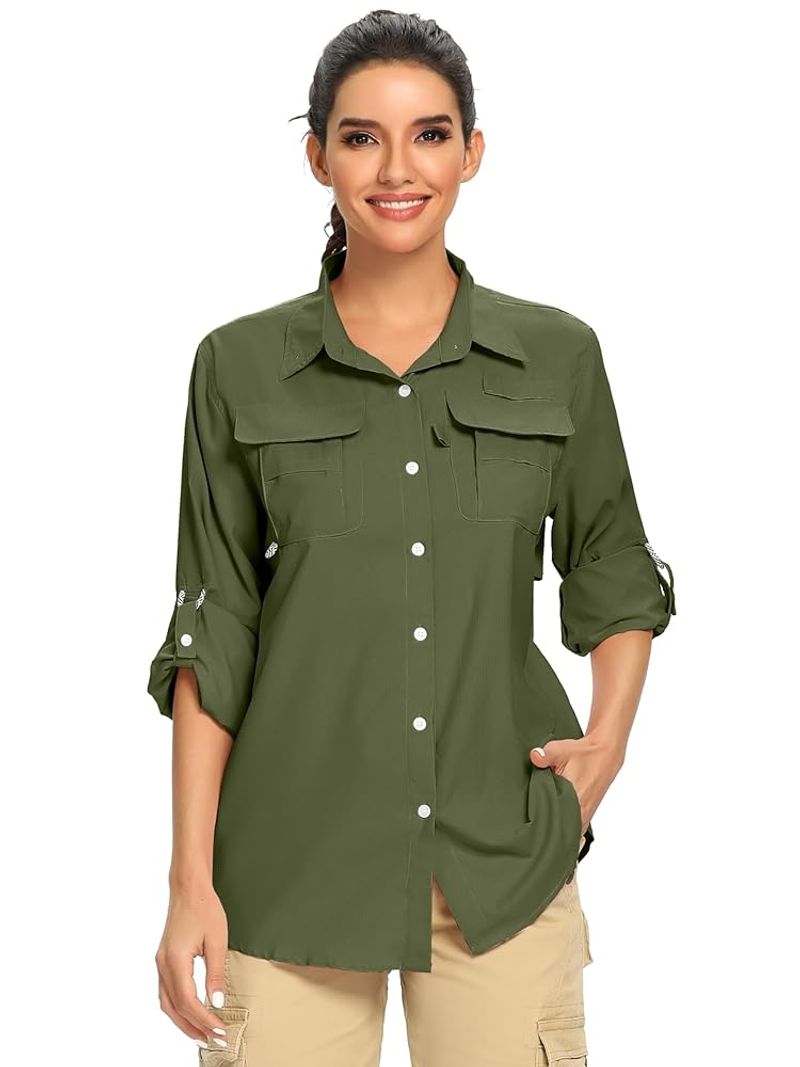
A breathable, long-sleeve shirt acts as your shield against harsh sun rays, pesky insects, and scratchy brush along the trail. Built-in UPF protection blocks harmful UV radiation while venting panels keep air flowing across your skin.
Hot summer days call for these shirts because they actually keep you cooler than going sleeveless while preventing sunburn. As seasons shift to cooler weather, they layer beautifully over your base layer for added warmth.
Look for features like roll-up sleeves and chest pockets that add versatility to your hiking wardrobe.
3. Insulating Mid-Layer (Fleece or Synthetic Jacket)
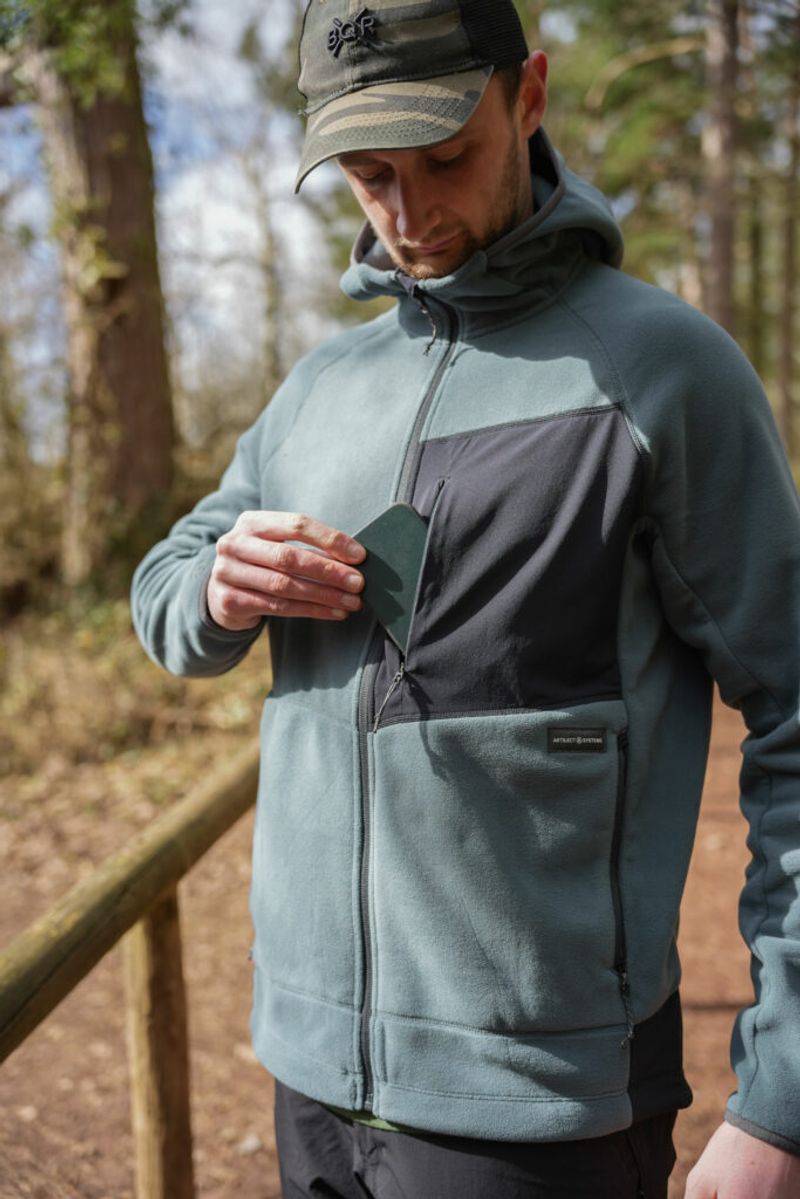
Mid-layers trap body heat when temperatures drop or wind picks up unexpectedly on exposed ridges. A light fleece or synthetic jacket handles spring and fall conditions beautifully, while winter demands heavier fleece or a synthetic puffy.
Even during summer adventures, experienced hikers carry one in their pack as insurance against sudden weather changes at higher elevations. The beauty of mid-layers lies in their packability and quick-drying properties.
Synthetic insulation continues working even when damp, making it a reliable choice for unpredictable mountain weather throughout the year.
4. Waterproof and Windproof Outer Shell
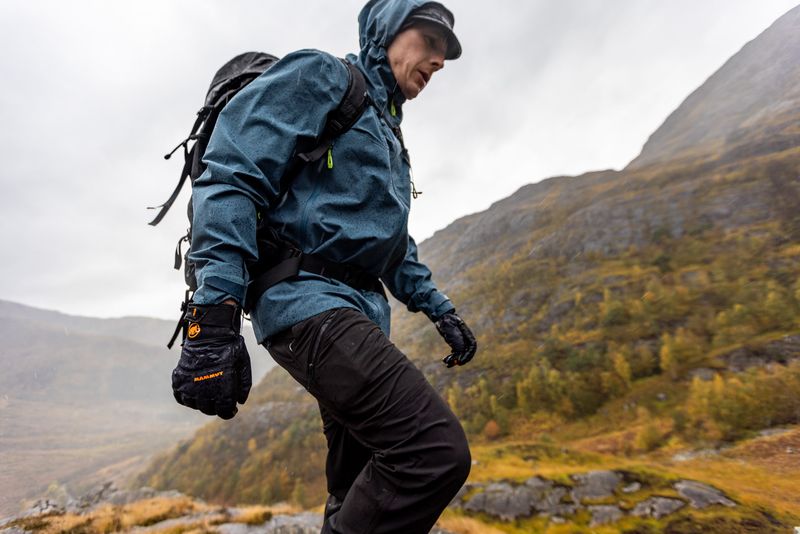
Your shell layer stands as the main defense against wind, rain, and snow that nature throws at you. Modern hardshells and softshells strike an impressive balance between breathability and weather protection.
Wet seasons or mountain conditions demand a 3-layer waterproof shell with sealed seams and adjustable hoods. Summer hikers can get by with a packable rain jacket that weighs just ounces but provides emergency protection.
Quality shells feature pit zips and adjustable cuffs that let you dump heat when climbing steep sections while maintaining protection from the elements.
5. Waterproof or Windproof Pants
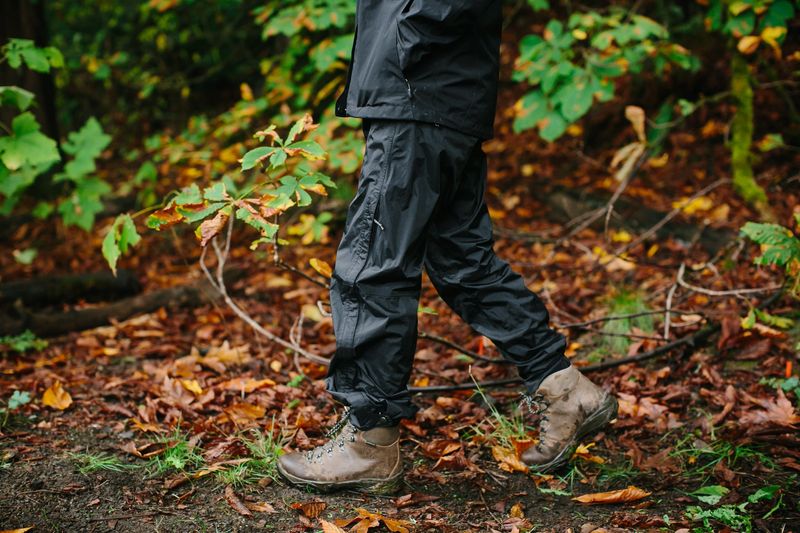
Rain trousers or waterproof hiking pants protect your legs when storms roll in or trails turn into muddy streams. They’re essential gear for wet seasons and high-elevation routes where weather changes rapidly.
During dry conditions, you can skip the waterproof layer and opt for lightweight hiking pants or convertibles that zip off into shorts. Many hikers carry packable rain pants that stuff into a small pouch until needed.
Side zips make it easy to pull them on over boots without removing your footwear when unexpected showers appear on the horizon.
6. Hiking Pants, Convertible Pants, or Shorts
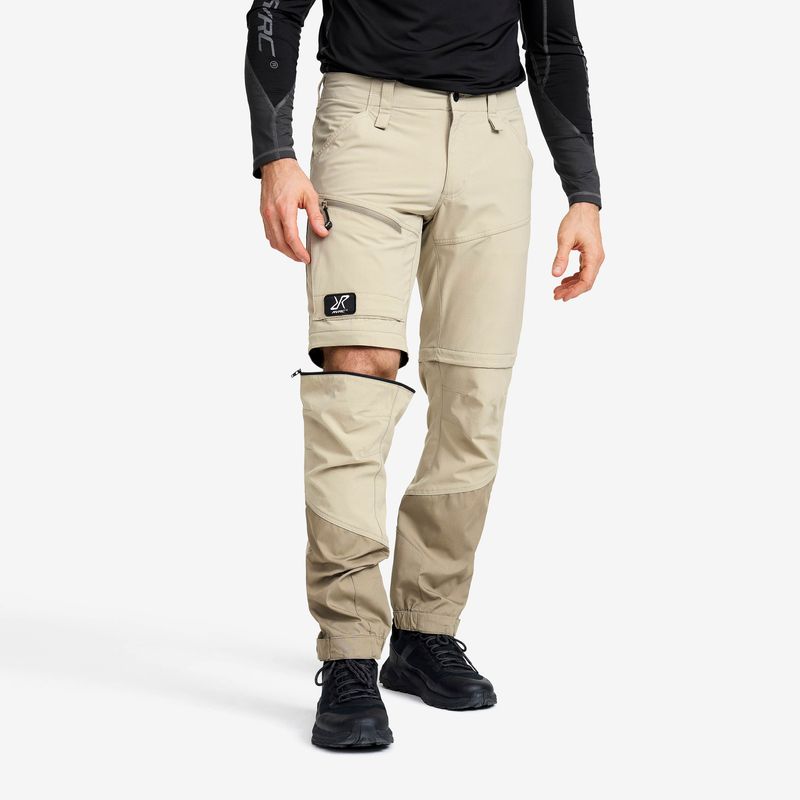
Durable bottoms form the foundation of your hiking outfit. Quick-dry, stretch fabrics move naturally with your stride and resist abrasion from rocks and branches along the trail.
Summer conditions favor breathable shorts or convertible pants that adapt as temperatures shift throughout the day. Cooler weather or insect-heavy areas require full-length pants for protection against bites and scratches.
Features like reinforced knees, multiple pockets, and articulated cuts enhance comfort during long days on challenging terrain across all seasons.
7. Hiking Boots or Trail Shoes
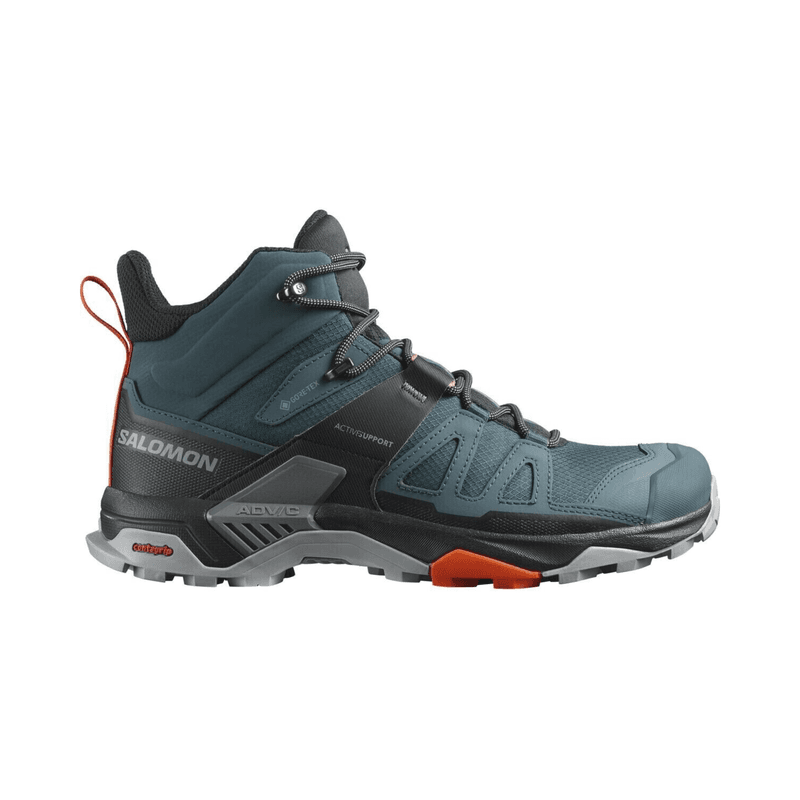
Your feet carry you mile after mile, so investing in quality footwear pays dividends in comfort and injury prevention. Waterproof boots excel on muddy, snowy, or wet trails where moisture protection matters most.
Breathable trail runners or low-cut hiking shoes dominate in dry, warm conditions where lighter weight reduces fatigue. Proper fit is absolutely critical—boots should feel comfortable right away with room for toes to wiggle.
Always break in new footwear on shorter walks before committing to a long trek to avoid painful blisters and hot spots.
8. Wool or Synthetic Hiking Socks
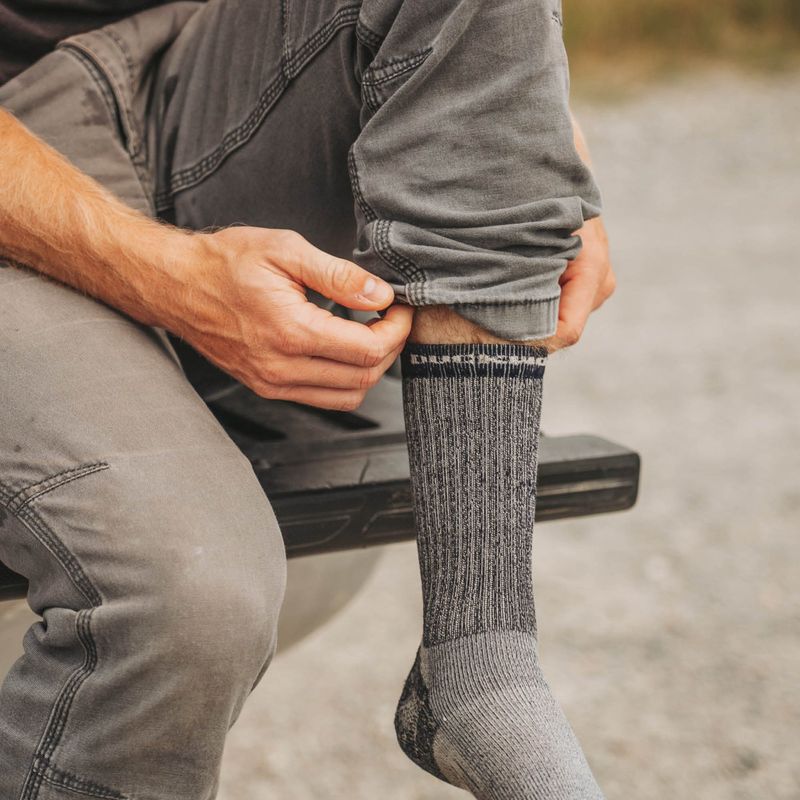
Quality socks prevent blisters, manage moisture, and add crucial insulation between your feet and boots. Lighter, thinner socks work best in summer when breathability takes priority over warmth.
Winter hiking demands thicker pairs with extra cushioning that trap heat without creating pressure points. Smart hikers always carry a spare pair in their pack because wet feet lead to discomfort and potential cold-weather injuries.
Merino wool naturally resists odors and regulates temperature, while synthetic blends dry faster and often cost less without sacrificing too much performance.
9. Hats for Sun and Cold
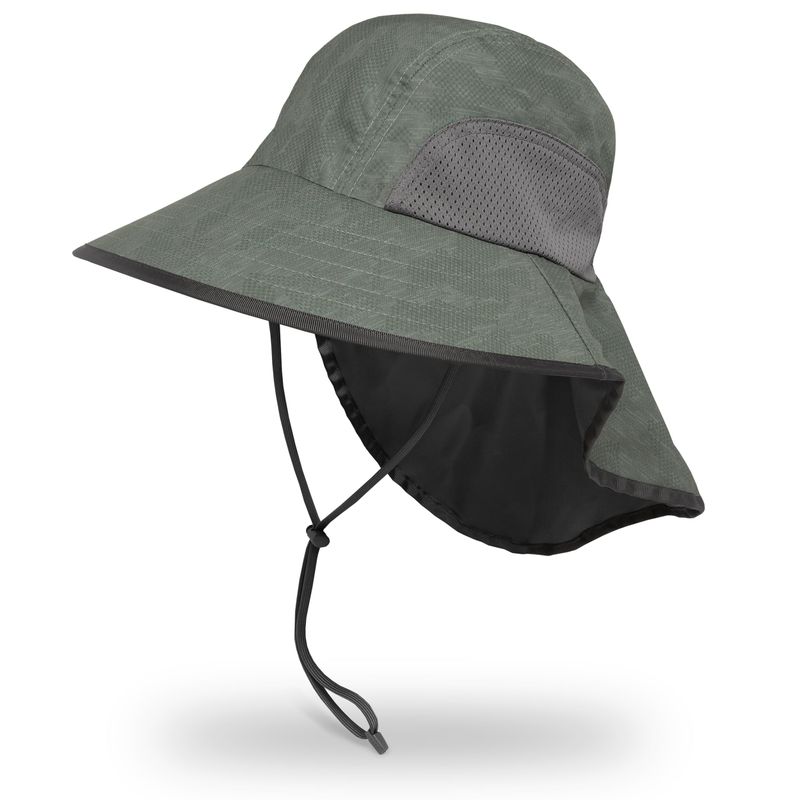
A wide-brim hat or cap proves indispensable during summer for shielding your face and neck from intense sun exposure. Winter conditions call for a knit beanie or insulated headband that keeps heat from escaping through your head.
Swapping hats based on the season ranks among the easiest ways to regulate body temperature on the trail. Some hikers carry multiple options to adjust as they move between exposed sunny sections and shaded forest paths.
Look for hats with moisture-wicking sweatbands and adjustable fits that stay secure during windy conditions at exposed viewpoints.
10. Gloves or Mittens
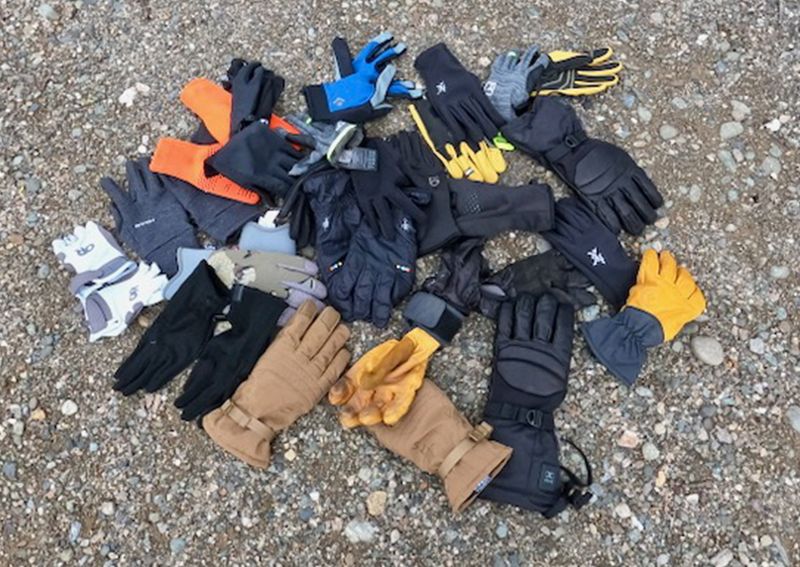
Your hands need protection too, though many hikers overlook this essential piece of gear. Lightweight liner gloves handle spring and fall temperatures while maintaining dexterity for handling gear and using trekking poles.
Insulated or waterproof gloves keep fingers toasty during winter adventures when frostbite becomes a real concern. Summer hikers can benefit from sun gloves that protect from UV rays without causing overheating.
Consider gloves with touchscreen-compatible fingertips so you can check your phone or GPS without exposing your hands to cold air.
11. Neck Gaiter or Buff
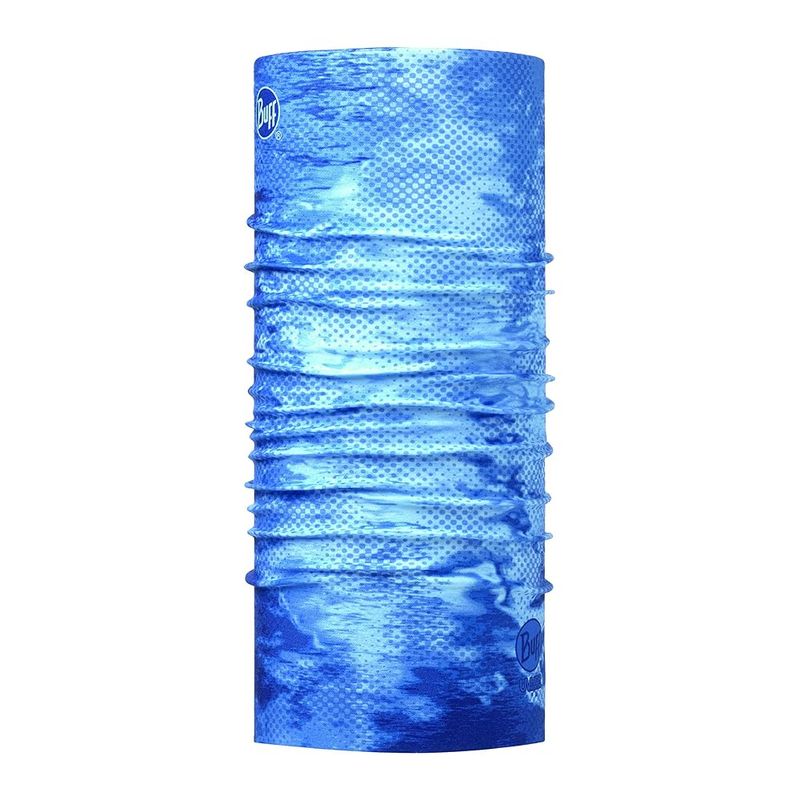
A versatile buff transforms into whatever you need—neck warmer, headband, face mask, or sweatband—depending on conditions. Winter hiking benefits from its ability to block biting wind and frigid air from reaching your neck and face.
Summer use shifts to shielding your neck from sunburn or wicking sweat away from your skin during intense climbs. These lightweight tubes take up almost no space in your pack but deliver surprising versatility.
Moisture-wicking fabrics keep you comfortable across seasons, while some versions offer UPF protection and antimicrobial treatments for extended trips.
12. Gaiters or Leg Covers
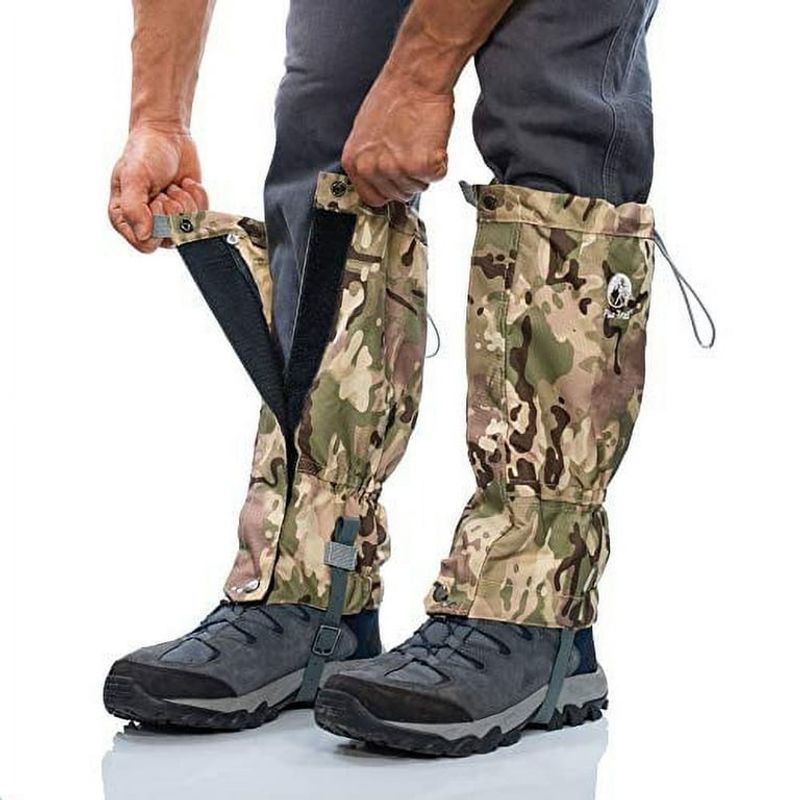
Gaiters seal the gap between your boots and pants, keeping debris, mud, or snow from infiltrating your footwear. They’re especially valuable in wet, muddy, or snowy conditions where every step threatens to fill your boots with unwanted material.
Lower legs also gain protection from scratches when pushing through brushy areas or scrambling over rough terrain. Even dry, dusty trails benefit from gaiters that prevent fine particles from working into your socks.
Low-cut trail gaiters work for summer, while knee-high versions handle deep snow and serious mud during winter and spring shoulder seasons.

